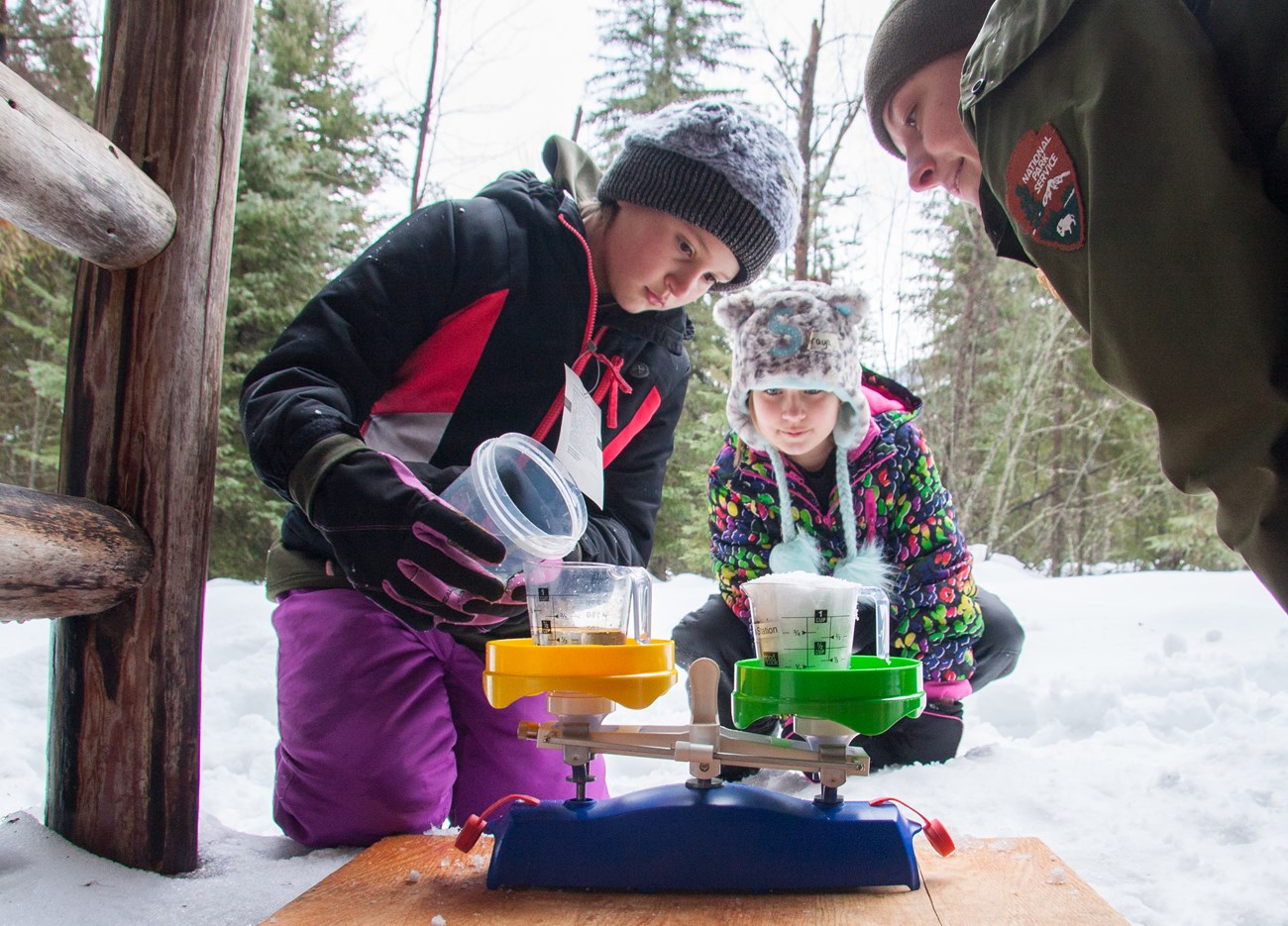
NPS/Shepherd Waldenberger Non-living things in Glacier provide the foundation for all the plant and animal life which lives here. Students will explore the physical properties of snow completing tasks at snow stations. They will then investigate how those physical properties impact organisms in winter by participating in a snowshoe hike. The park provides all the snowshoes for students and chaperones free of charge. Grades: 3–5 Objectives(Depending on grade level and weather conditions)
Field Trip LogisticsMaximum group size for snowshoe hikes is 40 students. Students will stay together as one group for the introductory and closing activities. Large groups will be divided into 2 smaller groups (one class each) for the ranger-led hikes, with one ranger leading each group. Reserve Your TripVisit the Scheduling & Guidelines page to find the reservation form as well as tips for a successful day in the park. If you have questions, email or call the Apgar Education Center at 406-888-7899. Preparing for Your TripStudents that spend time preparing for their visit get more out of a field trip to the park. Activities post-visit also help to reinforce information learned during the trip. Once registered for a field trip, we will email you a complete curriculum guide, including the following lessons:
Suggested supplementary materials:
|
Last updated: May 27, 2020
